Build a Professional Outdoor Pickleball Court: A Complete Guide
Introduction And Steps To Create A Outdoor Pickleball Court
Pickleball, a sport that combines elements of tennis, badminton, and ping pong, has been rapidly gaining popularity worldwide. With its easy-to-learn rules and exciting gameplay, more and more enthusiasts are looking to build their own outdoor pickleball courts. Whether you’re a pickleball enthusiast or a community looking to add a recreational facility, this comprehensive guide will walk you through the process of building a professional outdoor pickleball court.
Step 1: Planning and Permitting

Determine the Location
Choosing the perfect location for your outdoor pickleball court is a critical first step in the planning process. Consider the following factors when evaluating potential sites:
Accessibility and Convenience
Opt for a location that is easily accessible to players of all ages and abilities. It should be within reasonable proximity to residential areas, community centers, or parks to encourage regular usage.
Space and Layout
Ensure that the chosen area can accommodate the standard pickleball court dimensions with enough buffer space around the court. This buffer area not only prevents interference between adjacent courts but also provides ample space for spectators and player comfort.
Terrain and Obstructions
Look for a flat and level terrain to minimize the need for extensive grading and site preparation. Avoid areas with potential obstructions such as trees, utility poles, or other structures that could hinder gameplay or compromise player safety.
Check Local Regulations
Before breaking ground on your pickleball court, check with your local municipality and zoning authorities to understand the specific regulations and permits required for constructing a sports facility. This step is essential to avoid potential legal and logistical issues in the future.
Zoning and Land Use Regulations
Verify that the chosen site is zoned for recreational use and inquire about any restrictions on court construction or facility development.
Building Permits
Inquire about the necessary building permits and approvals required for constructing an outdoor pickleball court.
Environmental Impact Assessment
If your court construction might impact the environment or nearby ecosystems, determine if an environmental impact assessment is necessary.
Step 2: Court Design and Dimensions
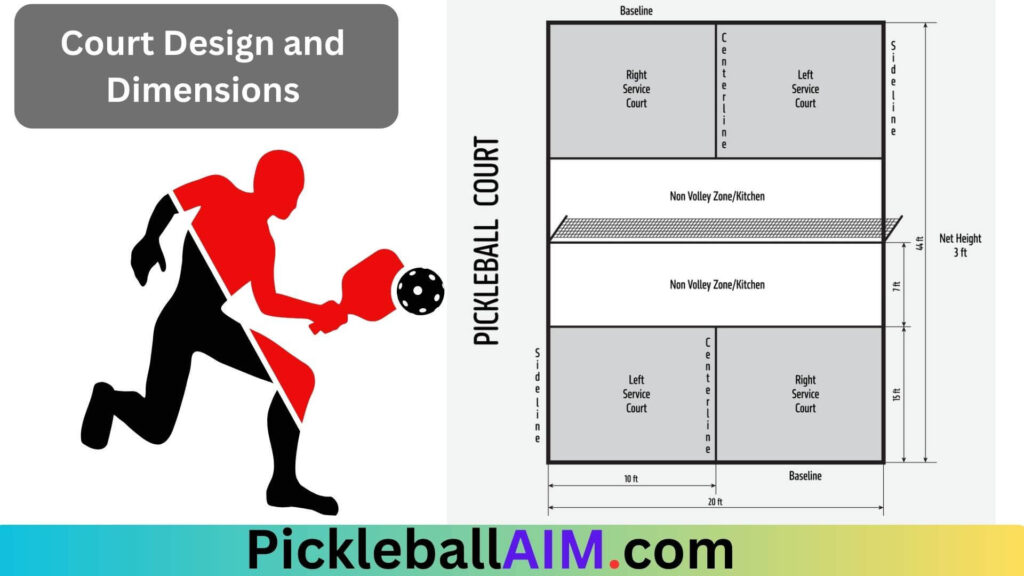
Court Size
The dimensions of the pickleball court must adhere to the standard measurements approved by the USA Pickleball Association (USAPA). A standard pickleball court measures 20 feet wide and 44 feet long, with a center net height of 36 inches.
Multi-Court Considerations
If you plan to build multiple courts side by side, leave adequate space between each court to ensure player safety and convenience. A minimum of 10 to 12 feet between courts is recommended to prevent interference and provide comfortable sidelines for players.
Marking and Lines
Once the court’s dimensions are determined, it’s time to mark the lines that define the court’s boundaries and playing areas.
Court Boundary Lines
Use durable and weather-resistant paint to mark the court boundary lines, including the baselines and sidelines. These lines should be clearly visible to players during gameplay.
Non-Volley Zone (NVZ) Line
The Non-Volley Zone, also known as the kitchen, is a seven-foot area on both sides of the net. Use a distinct color to mark the NVZ line to help players identify and adhere to this important gameplay rule.
Center Line and Service Area
Mark the centerline that divides the court into two equal halves, as well as the service area, where players must stand when serving.
By carefully planning the court design and dimensions, you can create a well-organized and professional outdoor pickleball court that is enjoyable for players of all levels.
Step 3: Court Surface
Choose the Surface Material
Selecting the appropriate surface material is a crucial decision that will impact the court’s performance, longevity, and overall player experience. Here are some common options for pickleball court surfaces:
Asphalt
Asphalt is a popular choice for outdoor pickleball courts due to its durability and cost-effectiveness. It provides a smooth surface that allows for consistent ball bounce and player movement. However, asphalt may require periodic resurfacing to maintain its quality.
Concrete
Concrete surfaces offer excellent durability and minimal maintenance requirements. They provide a consistent and even playing surface, ensuring predictable ball bounce. Concrete courts can withstand heavy use and are an excellent long-term investment.
Sports Tiles
Sports tiles are modular interlocking tiles designed specifically for pickleball and other sports. They offer shock absorption, providing a cushioned surface that reduces player fatigue and joint strain. Sports tiles often come with UV protection1[UV protection is a coating added to sunglasses or eyeglasses lenses to filter or block harmful UltraViolet Radiation, emitted by the sun, from coming into contact with your eyes and skin.], making them resistant to fading and weather damage. While sports tiles can be more expensive initially, they offer superior performance and are easy to replace if damaged.
Consult with a court construction expert or a pickleball court builder to determine the best surface material for your court, considering factors such as budget, climate, maintenance requirements, and player preferences.
Preparing the Base
Before laying the chosen surface material, proper preparation of the court base is essential to ensure a stable and long-lasting court. Follow these steps for preparing the base:
Clear the Area
Remove any debris, vegetation, or obstacles from the court site to create a clean and level surface.
Excavation and Grading
Perform necessary excavation and grading to create a level and compacted base. It is crucial to achieve proper drainage to prevent water accumulation on the court surface.
Sub-base Installation
Lay a stable sub-base material, such as crushed stone or aggregate, and compact it thoroughly to provide a solid foundation for the surface material.
Laser-Leveling
Use laser-leveling equipment to ensure the court base is perfectly level and even. This step is vital for maintaining the court’s structural integrity and preventing potential cracking or settling.
By carefully selecting the surface material and properly preparing the court base, you can create a high-quality and durable pickleball court that will offer an exceptional playing experience for years to come.
Step 4: Net and Posts
Install Net Posts
The net posts are crucial components of the pickleball court, as they support the net and maintain its correct height during play. Follow these steps to install net posts:
Measure and Mark the Post Locations
Using accurate measurements, mark the positions for the net posts at both ends of the court. Ensure the posts are precisely centered to maintain proper net tension.
Dig Post Holes
Dig holes at the marked locations for the net posts. The holes should be deep enough to provide stable support for the posts.
Insert and Secure the Posts
Place the net posts in the holes and fill them with concrete to secure the posts firmly. Use a level to ensure the posts are perfectly vertical.
Allow Concrete to Cure
Allow sufficient time for the concrete to cure and harden, following the manufacturer’s guidelines.
Set Up the Net
Once the net posts are securely installed, it’s time to attach the net and ensure it is properly tensioned:
Attach the Net to the Posts
Fasten the top of the net to the net posts using the provided attachments or fasteners.
Adjust Net Tension
Ensure the net is at the correct height of 36 inches at the center of the court. Adjust the net tension as needed to achieve the proper height and prevent sagging during play. The net should be firm enough to maintain its shape but not overly tight.
Verify Proper Net Height
Use a measuring tape or the official USAPA net height gauge to verify that the net is at the correct height in the center and gradually slopes to 34 inches on the sidelines.
By following these steps, you can install a professional-quality net and posts, ensuring an optimal playing experience for pickleball enthusiasts on your court.
Step 5: Non-Volley Zone (NVZ)
Mark the NVZ
The Non-Volley Zone (NVZ), also known as the kitchen, is a critical area on both sides of the net that restricts players from volleying the ball (hitting the ball in the air) while inside this zone. Marking the NVZ accurately is crucial to maintain fair gameplay and promote strategic use of this area.
Measure and Mark the NVZ Boundaries
Using the correct measurements, mark the NVZ boundaries on both sides of the net. The NVZ extends seven feet from the net towards the baseline and sidelines.
Use a Distinct Color
To make the NVZ easily distinguishable from the rest of the court, use a different color of paint to mark the lines. Common colors for the NVZ are light blue or salmon.
Maintain Clear Visibility
Ensure that the NVZ lines are clearly visible and well-defined to prevent confusion during gameplay.
By marking the Non-Volley Zone accurately, players can better strategize their shots and adhere to the rules, making the game both competitive and enjoyable for all participants.
Step 6: Lighting (Optional)
Consider Lighting Installation
If you want to extend the playing hours and make your outdoor pickleball court accessible during evenings or low-light conditions, installing appropriate lighting is a smart option. Adequate lighting ensures safe and enjoyable gameplay even after the sun sets.
Lighting Options
There are various lighting options to consider, such as:
LED Floodlights
LED floodlights are energy-efficient and provide bright, even illumination across the court. They have a longer lifespan, require less maintenance, and are environmentally friendly.
Solar-Powered Lights
Solar-powered lights are an eco-friendly option that harnesses solar energy during the day to power the lights at night. These lights are ideal for sustainable court facilities.
Timer or Motion-Activated Lights
Consider installing timer-controlled or motion-activated lights to conserve energy when the court is not in use.
Step 7: Court Accessories
Benches and Seating
Provide comfortable seating options and benches around the court for players and spectators. Having seating areas allows players to rest between games and provides a place for friends and family to watch and enjoy the matches.
Durable and Weather-Resistant
Choose benches and seating options made from durable and weather-resistant materials to withstand exposure to outdoor elements.
Storage and Equipment
Install equipment storage units near the court to keep pickleball equipment organized and easily accessible for players. These storage units can be used to store paddles, balls, and other necessary gear.
Lockable Storage
Consider lockable storage options to secure equipment when the court is not in use.
Step 8: Maintenance and Safety
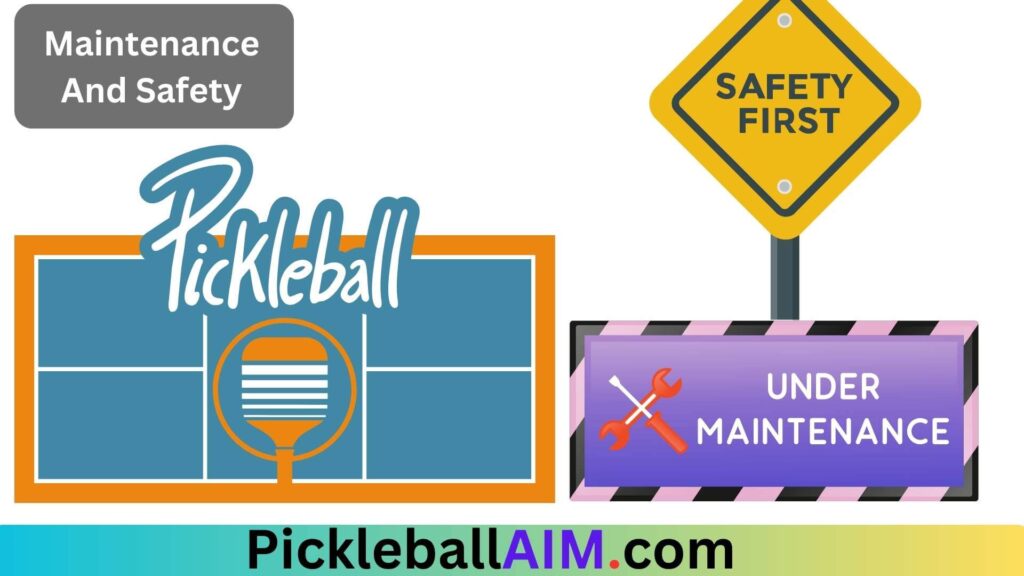
Regular Maintenance
To ensure the court’s safety and longevity, regular maintenance is essential. Create a maintenance schedule that includes the following:
Surface Inspection
Regularly inspect the court surface for cracks, uneven areas, and signs of wear. Address any issues promptly to prevent further damage.
Net and Posts
Check the net and posts regularly for stability and wear. Tighten any loose connections and replace damaged parts as needed.
Safety Signage
Prominently display safety signs around the court area to communicate important rules and guidelines to players. These signs should include:
Non-Volley Zone (NVZ) Rules
Remind players of the rules regarding volleying within the Non-Volley Zone (NVZ) to prevent any infractions.
Court Rules
Include general court rules, such as no running on the court, no pets allowed, and proper equipment usage.
Emergency Information
Provide emergency contact information and instructions in case of accidents or injuries. By implementing regular maintenance and adhering to safety practices, you can ensure that your pickleball court remains in top-notch condition and provides a safe environment for players of all ages and skill levels. Proper lighting and essential court accessories enhance the overall playing experience and make your pickleball court a desirable destination for players and spectators alike.
Step 9: Community Involvement and Promotion
Engage the Community
To create a vibrant and thriving pickleball community around your newly built court, involve local pickleball enthusiasts and residents in the court-building process. Seek their input on court design preferences, desired amenities, and potential events or leagues they would like to see at the facility.
Community Meetings and Surveys
Hold community meetings or conduct surveys to gather feedback and ideas from potential players and stakeholders. This engagement will not only help you make informed decisions during the planning phase but also foster a sense of ownership and pride among the community members.
Volunteer Involvement
Encourage volunteers to participate in court construction or organize community workdays to establish a deeper connection between the court and its users.
Organize Events and Tournaments
Once the court is complete, organize pickleball events and tournaments to create excitement and attract players of all levels. Local tournaments are an excellent way to bring the community together and promote friendly competition.
Beginner Workshops
Host beginner workshops to introduce new players to the sport and teach them the basics of pickleball. These workshops can help grow the player base and create a welcoming environment for newcomers.
Round-Robin Leagues
Organize round-robin leagues where players can compete with various partners in a social and fun setting. This format encourages players to meet new people and improve their skills.
Charity Tournaments
Consider hosting charity tournaments to support local causes and charitable organizations. These events not only raise funds for a good cause but also bring the community together for a positive purpose.
Social Media and Marketing
Promote your new pickleball court and events through various channels to reach a broader audience.
Social Media Platforms
Utilize platforms like Facebook, Instagram, and Twitter to share updates, photos, and event announcements. Encourage players to post about their experiences at the court, further promoting the facility.
Local Media Outlets
Reach out to local newspapers, radio stations, and TV channels to feature stories about the new pickleball court and upcoming events.
Community Newsletters
Partner with local community organizations and newsletters to share information about the court and upcoming activities.
Step 10: Rules and Etiquette
Post Rules and Etiquette
To ensure a smooth and respectful playing environment, display a set of rules and etiquette prominently at the court. These guidelines should cover topics such as:
Court Usage
Clarify court hours, reservation procedures, and any usage restrictions that apply.
Dress Code
Recommend appropriate attire for players, such as non-marking court shoes and comfortable sports clothing.
Conduct During Matches
Emphasize the importance of good sportsmanship, fair play, and respectful behavior towards opponents and fellow players.
Respectful Play
Create a welcoming and inclusive atmosphere by promoting sportsmanship and respect among players. Encourage all participants to embrace the values of fairness, camaraderie, and good manners on and off the court.
Step 11: Continued Maintenance and Upkeep
Regular Inspections
Maintain the court’s safety and playing conditions by conducting routine inspections of the court surface, net, posts, and surrounding areas. Address any issues promptly to prevent potential hazards and ensure a pleasant playing experience for all.
Surface Maintenance
The surface material used for the court may require specific maintenance procedures. Regularly clean the court surface, remove debris, and address any stains or damages. Depending on the material, schedule periodic maintenance tasks like resurfacing or sealing to extend the court’s lifespan and performance.
Step 12: Growing the Pickleball Community
Workshops and Clinics
Continuously grow the pickleball community by offering workshops and clinics for players of all skill levels. These sessions provide valuable coaching and allow players to improve their skills while connecting with others who share the same passion for the sport.
Youth and School Programs
Introduce pickleball to the younger generation by promoting the sport in schools and creating youth programs. Partner with local schools to offer pickleball lessons and encourage students to participate in the sport.
Community Events
Organize regular pickleball events and social gatherings to foster a strong sense of community and camaraderie among players. Fun social events, mixers, and themed tournaments can create lasting memories and strengthen the bond between players.
By following these steps and engaging the community, you can establish a thriving pickleball hub that becomes a cherished gathering place for players of all ages and abilities. The continued growth of the pickleball community will contribute to the sport’s popularity and make your court a vibrant and active space for years to come.
Conclusion
Building a professional outdoor pickleball court is a fantastic endeavor that brings together sports enthusiasts, fosters community engagement, and promotes an active lifestyle. By following this complete guide, from planning and permitting to court design and community involvement, you can create a pickleball facility that will be cherished by players of all ages and skill levels. Remember, pickleball is more than just a sport; it’s an opportunity to create lasting memories and lifelong friendships. So, roll up your sleeves, gather your community, and embark on the journey to build an amazing outdoor pickleball court for everyone to enjoy!
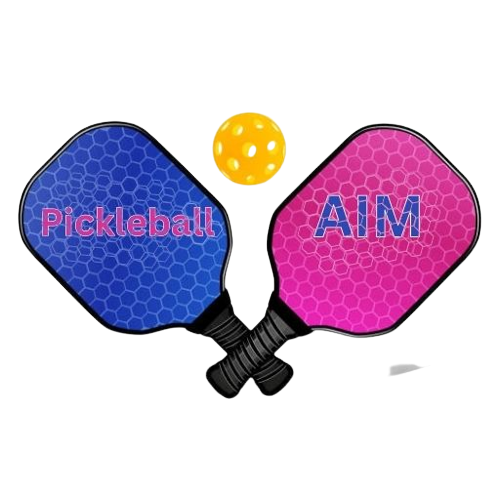
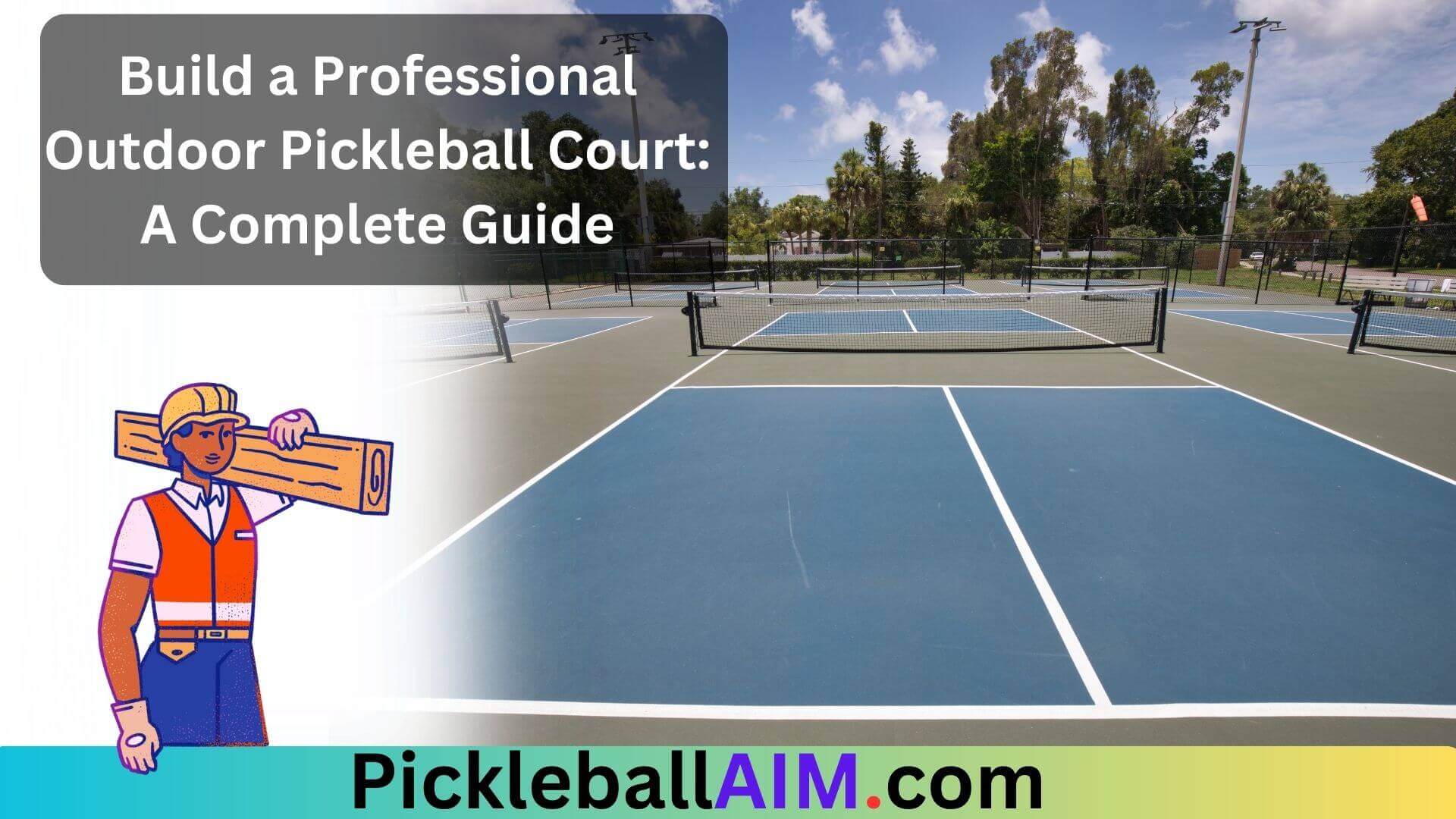

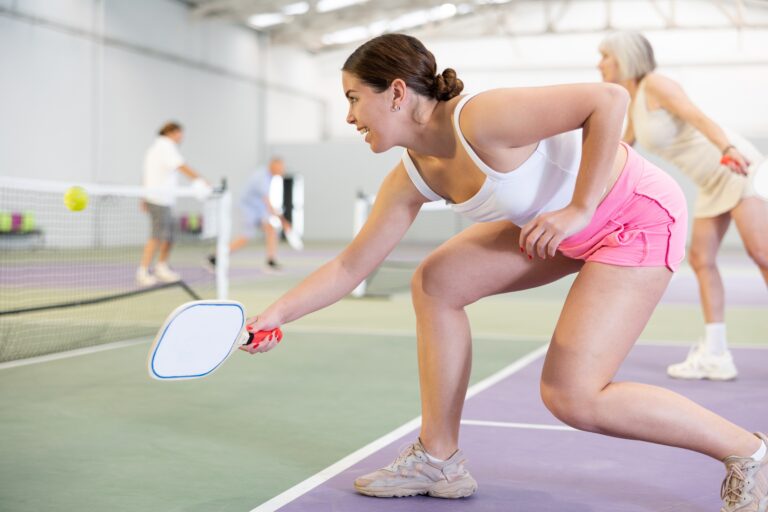
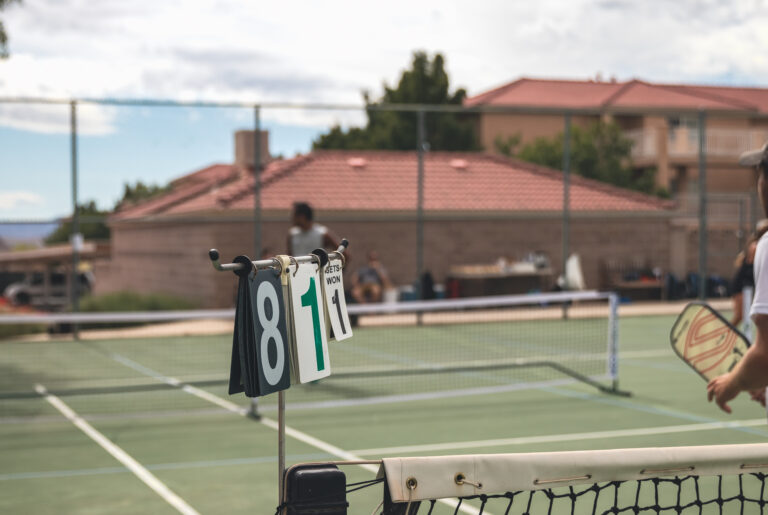


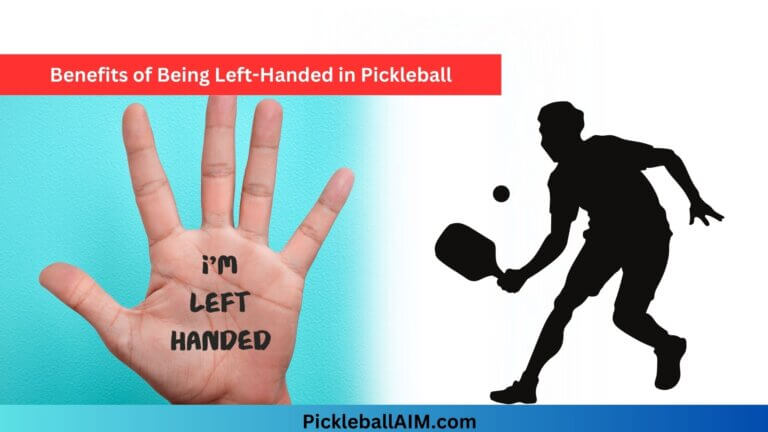
One Comment